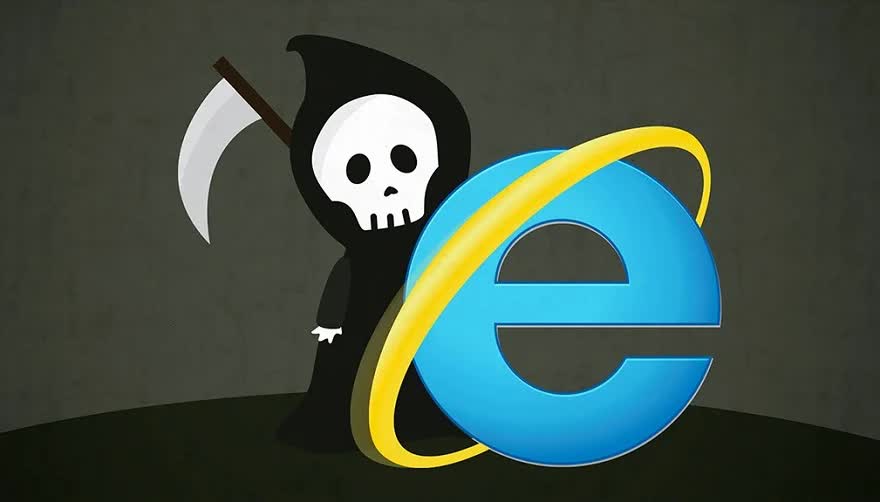TL;DR: If you're of an age where you think of Windows 95 upon hearing the Rolling Stones' Start Me Up, you may feel a twinge of nostalgic sadness to know that Microsoft is killing off Internet Explorer tomorrow, almost 27 years after it was introduced. And yet, as is so often the case when support for a product ends, millions of devices are still using Explorer as their primary web browser.
Microsoft last May announced that it would be killing off Internet Explorer in its traditional form this year. Now, the near three-decade-old software is about to be retired.
The browser's desktop app will go out of support tomorrow on the most recent versions of Windows 10---it's not available on Windows 11. Soon afterward, Microsoft will push out a Windows Update that completely removes Internet Explorer from Windows 10 devices altogether and redirects users to Edge if they try to access the app.
Explorer won't be consigned to the history books entirely, though. It will live on through Internet Explorer mode in Microsoft Edge, allowing access to legacy Internet Explorer-based websites and applications directly from the Chromium-based newer browser. The mode will be supported through to at least 2029, while those still on Windows 8.1 and Windows 7's Extended Security Update users can use IE mode until January 2023.
To enable IE mode in Edge, type edge://settings/defaultbrowser, toggle 'Allow sites to be reloaded in Internet Explorer,' and restart the browser.
Many businesses are reportedly hanging on to Internet Explorer even as Microsoft ends support. According to figures from Lansweeper shared with TechRadar Pro, 47% of over nine million Windows 10 devices across 33,000 organizations are still using Explorer, and 79% aren't even on the latest version of Windows 10, never mind Windows 11.
